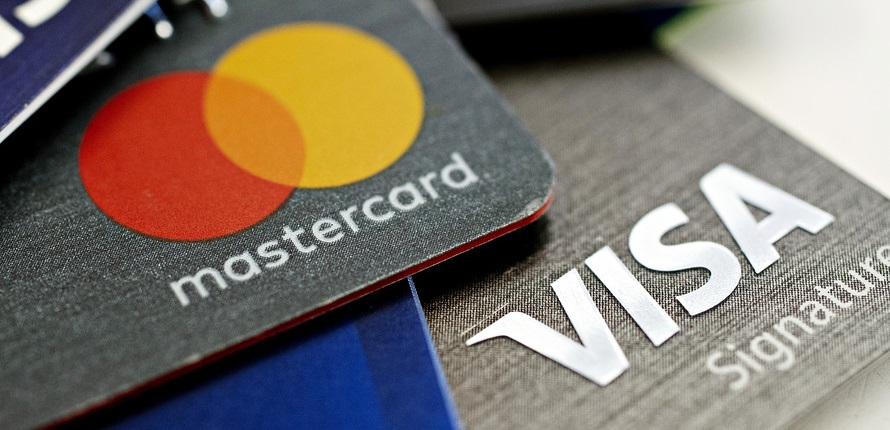
The people of key countries in North Europe have been found to be some of the most willing to pay for goods and services using payment cards (debit, credit or contactless), according to research by GlobalData.
The leading data and analytics company notes that 245 card transactions were made in Denmark per person in 2021, while there were 194 in Norway, 194 in Sweden and 145 in the UK. These North-Europe countries have topped other big card users such as the US (109), Singapore (85), Germany (62.5) and Italy (52).

Ravi Sharma, Lead Banking and Payments Analyst at GlobalData, comments: “Over the last few years, many countries saw the last few things that required a cash payment—from buses to taxis—convert to card or digital payments. Take Sweden, for example. Commuters can now pay for metro, rail, bus, tram, and boat trips by simply tapping their contactless card. In fact, it is no surprise that Sweden tops the charts, as its payments industry is well developed and mature.”
According to GlobalData’s latest report, ‘Sweden Cards and Payments – Opportunities and Risks to 2025’, Sweden became the first cashless society, with physical money accounting for less than 1% of the country’s overall payment value in 2021. This was accelerated by the COVID-19 pandemic, as consumers saw cash as a potential disease vector. The number of cash transactions decreased by 8.1% in 2021.
However, similar to many countries worldwide, the Swedish card payments market was impacted by COVID-19.
Sharma continues: “2020 was a difficult year for card payments in Sweden. The economic uncertainty caused by COVID-19 forced consumers to cut down on unnecessary spending, which, in turn, affected card payments. The general payments market registered a decline of 9% in 2020, with credit and charge cards impacted the most—at a 16% decline. Debit cards registered a decline of 6.4%.”

Now, spurred by gradual economic recovery and rising consumer spending, payments are recovering. The country’s total card payments value is forecast to register a compound annual growth rate (CAGR) of 5% between 2021 and 2025, reaching $140.1 billion (SEK1.3 trillion) in 2025. Meanwhile, credit and charge cards will grow at a 6.3% CAGR, and debit cards will grow at a 4.6% CAGR.
Banking 4.0 – „how was the experience for you”
„To be honest I think that Sinaia, your conference, is much better then Davos.”
Many more interesting quotes in the video below: